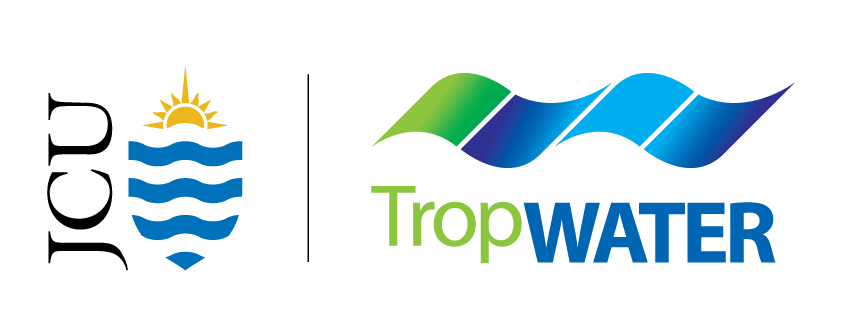Coastal imagery tool unlocks ecological insights
- emmarehn5
- Jul 3, 2025
- 2 min read

The new JCU TropWATER coastal health tracker brings together thousands of aerial images from our surveys of northern Australia’s coastlines in one online tool for anyone to use.
From monitoring shoreline condition to evaluating storm impacts, this tool will enable researchers, communities, governments, and environmental managers to investigate a range of factors shaping their coastlines.
Read on for examples of how we have already used this imagery to address ecological challenges across northern Australia.
Identifying hotspots for restoration

Where: Cairns to Gladstone
Assessing tidal wetland condition and current threats is critical to identify where restoration efforts might be effectively applied. Coastal survey imagery can be used to evaluate damage to or loss of intertidal wetlands and the processes threatening their health for targeted intervention.
Our team partnered with Greening Australia to evaluate potential areas for tidal wetland restoration from aerial imagery along the coastline from Cairns to Gladstone. They identified over 17,000 hectares with high potential for coastal restoration.
Assessing the impacts of storms and floods

Where: Cooktown to south of Cairns
Aerial surveys are crucial to assessing the impacts of severe storms and floods on shorelines and coastal ecosystems, with imagery collected prior to these events providing important information on baseline conditions.
TropWATER researchers assessed the impacts of severe flooding associated with Tropical Cyclone Jasper on the coastline using imagery from aerial surveys one year after the event. This provided insights into potential sites for targeted restoration and early signs of natural recovery.
Finding ghost nets and plastic pollution

Where: Gulf of Carpentaria
Ghost nets (discarded or lost fishing nets) are a significant marine pollution issue and pose a serious threat to marine animals that may become entangled in these nets. Ghost nets can be identified from shoreline imagery to determine hotspots for net accumulation and to assess how the spread of ghost nets may be changing over time.
Researchers from CSIRO, the Institute of Marine and Antarctic Studies, and Earthwatch collaborated with TropWATER scientists to identify ghost nets using this approach in the Gulf of Carpentaria – read the full paper here: https://doi.org/10.1016/j.marpolbul.2021.112959
Tracking mangrove recovery after diebacks

Where: Gulf of Carpentaria
Coastal imagery from repeat surveys over the same stretches of shoreline can provide valuable insights into natural recovery of mangroves and tidal wetlands after dieback events.
Our team have assessed the impact of the 2015-2016 mangrove mass dieback in the Gulf of Carpentaria, identifying over 80 square kilometres of mangrove forests were lost. The team are now tracking how mangroves have recovered over the decade since the dieback event.
Explore our coastal imagery datasets here: https://www.tropwater.com/coastal-health-tracker

